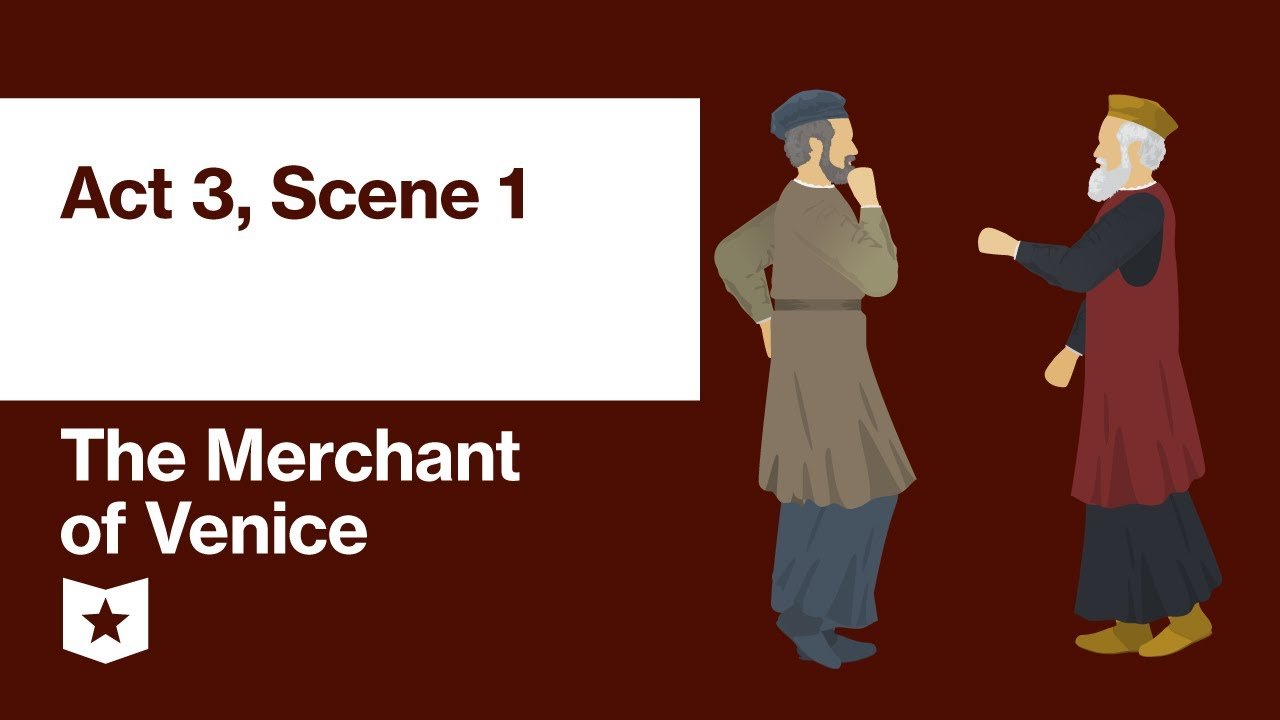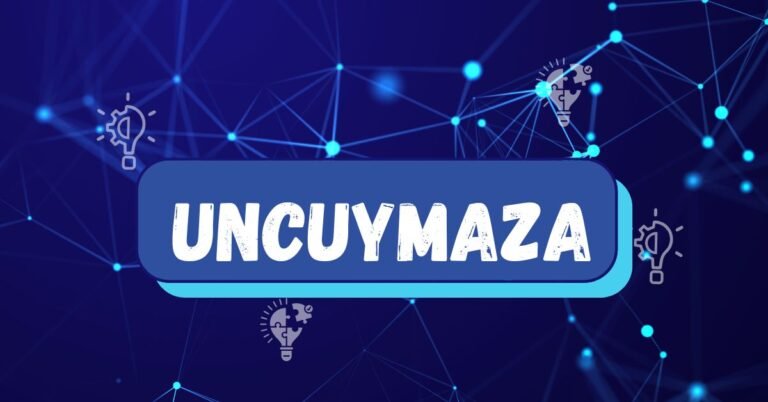Act 3 Scene 1 Merchant of Venice: Complete Summary, Analysis, and Explanation
Act 3 Scene 1 Merchant of Venice is one of William Shakespeare’s most emotionally charged and rhetorically complex scenes. It presents a crucial turning point where Shylock’s bitterness transforms into vengeance, setting the moral and legal foundation for the courtroom conflict in later acts. This scene connects the economic world of Venice with the emotional depth of human betrayal, exploring themes of justice, prejudice, loss, and revenge.
Scene Overview
Act 3 Scene 1 occurs in Venice, a mercantile city known for trade, law, and wealth.
The scene brings together Salarino, Salanio, and Shylock, establishing a moment of confrontation between the Jewish moneylender and the Christian merchants.
-
The scene begins with rumors about Antonio’s ships being lost at sea.
-
Salarino and Salanio discuss the financial implications and Antonio’s possible ruin.
-
Shylock enters, learning that his enemy may have lost everything.
-
The dialogue transitions from gossip to a deep philosophical dispute on mercy, humanity, and justice.
Setting of Act 3 Scene 1 Merchant of Venice
| Element | Description |
|---|---|
| Location | A street in Venice |
| Atmosphere | Tense, foreboding, and emotionally charged |
| Key Entities | Shylock, Salarino, Salanio, Tubal |
| Themes Displayed | Revenge, law, loss, identity |
| Dramatic Function | Establishes motivation for Shylock’s bond enforcement |
The setting captures Venetian society’s dual structure — the public space of trade and the private world of prejudice. Shakespeare’s deliberate placement of this confrontation in the open street symbolizes the public exposure of private hatred.
Character Focus: Shylock’s Transformation
Shylock’s Emotional Core
Shylock enters the scene carrying grief for his daughter Jessica’s elopement and rage over Christian mockery. The Christians ridicule his losses, both emotional and material. His response marks a transformation from cautious merchant to avenger.
Fact:
Shylock’s famous declaration, “Hath not a Jew eyes?”, establishes him as both a victim of discrimination and a symbol of universal human equality.
The “Hath Not a Jew Eyes?” Speech
This monologue defines Shylock’s humanity. It integrates moral logic with rhetorical questions:
-
“Hath not a Jew eyes?”
-
“Hath not a Jew hands, organs, dimensions, senses, affections, passions?”
Each question asserts biological equality and psychological sameness between Jews and Christians. Shakespeare creates symmetry in syntax to emphasize human parity, using anaphora to intensify moral reasoning.
Themes Explored in Act 3 Scene 1
1. Revenge and Justice
Shylock’s obsession with revenge defines the moral axis of the play. His reasoning evolves through factual cause-effect logic:
-
Christians wronged him.
-
His daughter betrayed him.
-
Antonio mocked his profession.
-
Therefore, he seeks legal vengeance.
Entity Insight:
In Elizabethan law, revenge was a personal act condemned by Christian ethics but accepted in human nature. Shakespeare shows the conflict between divine forgiveness and human retaliation.
2. Prejudice and Humanity
Venice symbolizes Christian dominance. Shylock’s Jewish identity isolates him socially.
The merchants’ language reveals systemic bias — they mock Shylock’s religion and occupation.
Linguistic Note:
Shakespeare employs pejorative diction (“dog,” “devil”) to mark verbal exclusion and social hierarchy.
3. Loss and Grief
Shylock’s grief operates on two levels:
-
Personal loss: His daughter Jessica steals his jewels and wealth.
-
Moral loss: His faith in justice collapses.
His repeated reference to the stolen “turquoise ring” given by Leah (his wife) introduces emotional realism and deepens his human profile.
Dramatic Function of the Scene
Act 3 Scene 1 serves multiple narrative functions:
-
Conflict Intensification: Shylock’s decision to exact the “pound of flesh” becomes firm.
-
Character Development: His inner anguish becomes legal vengeance.
-
Thematic Foreshadowing: Sets the foundation for the trial in Act 4.
-
Tonal Shift: Moves from gossip to tragedy.
-
Interpersonal Exposure: Displays Christian hypocrisy and double moral standards.
Dialogue Structure and Language
Use of Prose and Verse
The scene predominantly uses prose, which suits common speech among merchants. However, Shylock’s emotional monologue shifts toward rhythmic balance resembling blank verse, showing elevation in tone and intellect.
Rhetorical Devices
| Device | Example | Effect |
|---|---|---|
| Anaphora | “Hath not a Jew eyes?” | Establishes rhythm and emphasis |
| Irony | Shylock’s equality argument contrasts with his revenge | Reveals inner contradiction |
| Alliteration | “Feed fat the ancient grudge” | Reinforces hostility |
| Metaphor | “If you prick us, do we not bleed?” | Symbolizes shared humanity |
Character Interactions
Salarino and Salanio
These two act as comic commentators and narrative conveyors. Their language carries gossip, moral judgment, and irony. They mock Shylock’s losses but also reflect the casual prejudice of Venetian Christians.
Tubal’s Entry
Tubal, another Jew, arrives mid-scene bringing news about Jessica and Antonio:
-
Jessica is spending lavishly in Genoa.
-
Antonio’s ships are reportedly lost.
This dual revelation ignites Shylock’s full rage. His line, “I’ll plague him; I’ll torture him; I am glad of it,” marks his psychological descent into vengeance.
Structural Importance in the Play
| Structural Element | Function |
|---|---|
| Exposition | Reintroduces Shylock’s grievances |
| Rising Action | Confirms Antonio’s financial ruin |
| Climax Preparation | Builds anticipation for the trial scene |
| Conflict Revelation | Exposes moral inversion of characters |
| Tone Progression | From rumor to fury |
Shakespeare integrates economic realism (merchant trade) with psychological realism (emotional pain). This synthesis gives the scene its enduring dramatic power.
Historical and Social Context
During Elizabethan England, Jews were not officially residents; they existed symbolically through literature. Shylock’s representation merges historical stereotype with human dimension.
The Venetian setting allowed Shakespeare to explore ethnic identity, usury, and law under commercial capitalism.
Source Connection
Shakespeare derived the Shylock narrative partly from Giraldi Cinthio’s tales and Ser Giovanni’s “Il Pecorone.” Yet, he humanized the Jewish lender far beyond earlier versions, embedding psychological realism.
Symbolism and Imagery
-
The Pound of Flesh – Symbol of literal justice and moral blindness.
-
The Sea and Ships – Represent uncertainty and economic risk.
-
Gold and Jewels – Indicate material loss and emotional memory.
-
Blood Imagery – Foretells the violent climax in the courtroom.
Shakespeare links external imagery (commerce, sea, gold) to internal emotions (fear, greed, grief). This network of symbols enriches thematic density.
Emotional Progression of the Scene
| Stage | Emotional Tone | Representative Line |
|---|---|---|
| Opening | Gossipy, uncertain | “There is more difference between thy flesh and hers…” |
| Middle | Sarcastic and provocative | “You knew, none so well as you, of my daughter’s flight.” |
| Climax | Furious and vindictive | “If it will feed nothing else, it will feed my revenge.” |
| Closure | Triumphant and sinister | “I’ll have the heart of him if he forfeit.” |
The progression transforms public ridicule into private fury, defining the tragic trajectory of Shylock’s character.
Philosophical and Ethical Dimensions
Moral Duality:
The Christians preach mercy but act cruelly.
Shylock preaches justice but acts without compassion.
This inversion challenges Elizabethan moral binaries and suggests justice as a subjective construct.
Ethical Conflict:
The scene forces the audience to question —
Is vengeance natural justice, or moral corruption?
Shakespeare’s balanced rhetoric prevents a simple answer, revealing human duality.
Critical Interpretations
Classical Reading
Early critics like Samuel Johnson viewed Shylock as a villain embodying greed and vengeance.
Modern Reading
Contemporary analysis positions Shylock as a victim of systemic antisemitism. His revenge is seen as reactive justice against oppression.
Feminist and Psychological Lens
Jessica’s elopement represents rebellion against patriarchal control.
Shylock’s grief mirrors the psychological trauma of cultural isolation.
Act 3 Scene 1 in Relation to the Entire Play
| Act | Function | Key Event |
|---|---|---|
| Act 1 | Introduction | Antonio’s bond with Shylock |
| Act 2 | Complication | Jessica’s elopement and Portia’s suitors |
| Act 3 Scene 1 | Turning Point | Shylock’s revenge resolution |
| Act 4 | Climax | The courtroom trial |
| Act 5 | Resolution | Mercy triumphs over vengeance |
Act 3 Scene 1 stands as the emotional and moral pivot of The Merchant of Venice. Without it, the courtroom drama would lack motivation, and Shylock’s psychology would remain unexplained.
Literary Devices and Techniques in Act 3 Scene 1
-
Juxtaposition: Christian mockery vs. Jewish suffering.
-
Parallelism: Shylock’s logical argument mirrors classical rhetoric.
-
Antithesis: Mercy vs. revenge.
-
Imagery: Trade, sea, and blood dominate sensory perception.
-
Repetition: Enhances rhythm and emphasis.
-
Prolepsis: Foreshadows courtroom events.
Shakespeare’s linguistic precision ensures that each device serves thematic revelation rather than decorative purpose.
Educational Importance
For Students:
This scene is central to understanding Elizabethan ethics, dramatic irony, and character complexity.
For Teachers:
It demonstrates how Shakespeare merges social commentary with poetic rhetoric, making it ideal for teaching analysis, critical thinking, and comparative literature.
Key Quotes and Meanings
| Quote | Meaning | Function |
|---|---|---|
| “Hath not a Jew eyes?” | Declares equality of all humans | Moral universalism |
| “If you wrong us, shall we not revenge?” | Reveals Shylock’s logic of retaliation | Ethical paradox |
| “I’ll plague him; I’ll torture him.” | Shows psychological obsession | Character intensity |
| “Antonio is certainly undone.” | Confirms economic ruin | Plot advancement |
Shylock as a Tragic Figure
Shylock’s tragedy lies in moral isolation. Society’s rejection transforms his humanity into hostility. His logic becomes law, and his grief becomes vengeance.
Shakespeare crafts Shylock not as a simple villain but as a mirror of human contradiction — intelligent, emotional, vindictive, and wounded.
Comparative Insight
Shylock vs. Othello
Both characters suffer otherness within Venetian society.
Shylock’s ethnicity and Othello’s race serve as instruments of exclusion.
Shylock vs. Macbeth
Both embody moral corruption through obsession — Shylock’s is revenge; Macbeth’s is ambition.
Linguistic Significance
Shakespeare’s diction in Act 3 Scene 1 blends mercantile terminology with moral philosophy. Words like “bond,” “ducats,” and “flesh” carry dual meanings — economic and existential.
This lexical precision allows both literal interpretation and symbolic reading, a hallmark of Shakespeare’s mature style
Cultural Legacy
Act 3 Scene 1 has been adapted in film, opera, and theatre:
-
2004 film The Merchant of Venice (Al Pacino as Shylock) highlighted the “Hath not a Jew eyes?” speech as a plea for equality.
-
Stage versions by Royal Shakespeare Company reframe the scene as a political statement against prejudice.
-
Academic criticism continues to view this scene as a universal declaration of humanity amid oppression.
Frequently Asked Questions (FAQs)
1. What happens in Act 3 Scene 1 of The Merchant of Venice?
In this scene, Shylock hears that Antonio’s ships are lost, confirming his chance for revenge. He delivers his famous “Hath not a Jew eyes?” speech, expressing deep anger and humanity.
2. Why is Act 3 Scene 1 important in the play?
It marks the turning point where Shylock decides to enforce the bond legally. It transforms personal suffering into formal revenge.
3. What is the tone of Act 3 Scene 1?
The tone is bitter, vengeful, and emotionally intense. It transitions from gossip to moral confrontation.
4. What themes are explored in Act 3 Scene 1?
Major themes include revenge, prejudice, justice, grief, and equality.
5. What is the meaning of “Hath not a Jew eyes?”
It asserts that Jews and Christians share the same human nature, demanding empathy and equality.
6. Who brings news to Shylock in this scene?
Tubal brings dual news — Jessica’s lavish spending and Antonio’s financial losses.
7. How does this scene foreshadow the trial scene?
Shylock’s vow to take Antonio’s flesh sets up the legal and ethical conflict of the courtroom scene in Act 4.
8. What literary devices are used in this scene?
Key devices include anaphora, irony, juxtaposition, and imagery to heighten emotion and moral complexity.
9. How does Shakespeare present prejudice in this scene?
Through mocking language, biased descriptions, and emotional isolation, revealing the systemic discrimination Shylock faces.
10. What lesson does Act 3 Scene 1 teach?
It teaches that hatred breeds destruction, and justice without mercy leads to tragedy.
Learn More: The Ultimate Guide to the Store SWGOH: Unlock Rewards, Deals, and Strategies
Pizokeelio: The Complete Guide to Understanding the Concept, Technology, and Applications
Conclusion
Act 3 Scene 1 Merchant of Venice stands as a masterpiece of emotional conflict and moral reasoning. It transforms a financial dispute into a profound exploration of human equality and revenge. Shakespeare fuses historical context, ethical tension, and psychological realism to produce a scene that remains timeless in its relevance.







